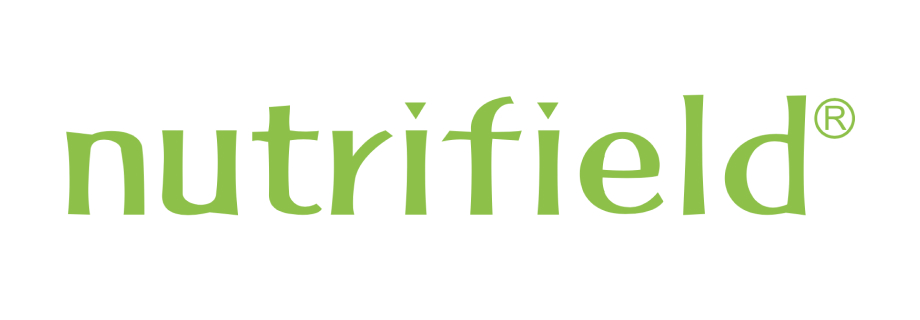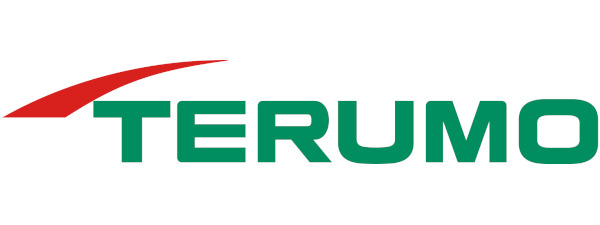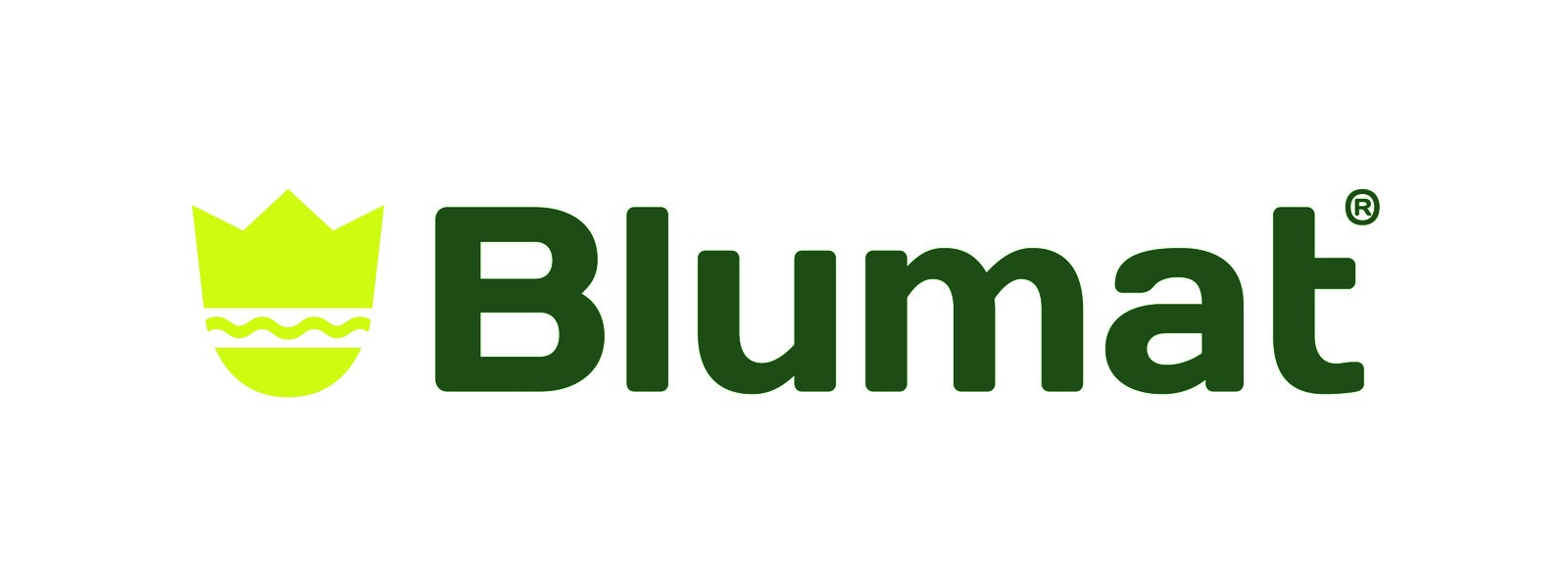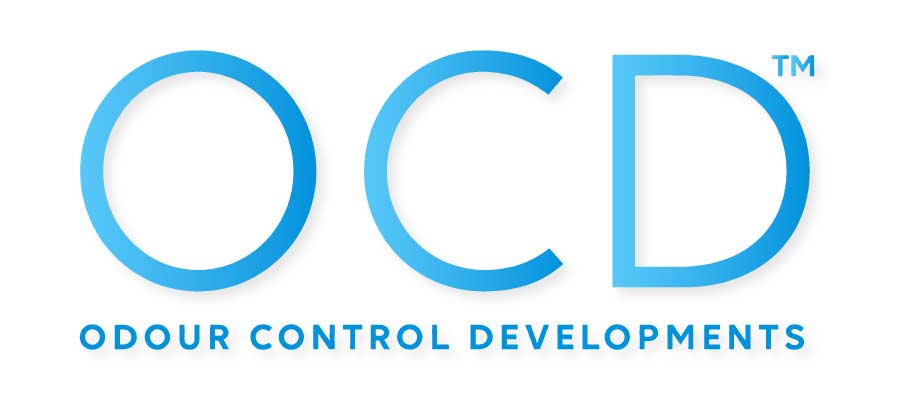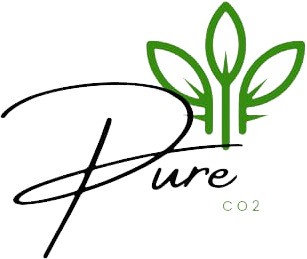The Cal-Mag Conundrum
Plants don't just live on nitrogen, phosphorus, and potassium alone. Behind the big three is an army of "secondary" nutrients doing just as much heavy lifting. Enter calcium and magnesium - two unsung heroes essential for plant structure, photosynthesis, and nutrient uptake. When they're missing? Your garden will tell you. Loudly.
Cal-Mag deficiency is among the most common – and commonly misunderstood – nutrient issues growers face across all mediums. It's sneaky and stubborn and can sabotage your crop long before you notice something's off. So, let's get under the hood and break down how these two nutrients work, why they go hand-in-hand, and how to keep your plants well-stocked and stress-free.
Why Calcium and Magnesium Matter
Calcium is like the scaffolding of your plant. It strengthens cell walls, supports root development, and helps new growth form properly. Without enough calcium, young leaves twist, roots become stunted, and cell walls weaken - making your plant more susceptible to disease and stress.
Magnesium, on the other hand, is the central atom in chlorophyll. No magnesium, no photosynthesis. It's also critical for energy transfer and enzyme activation. A magnesium-deficient plant can't process light properly - even if you're blasting it with top-tier LEDs.
These two nutrients are often paired together because they're both immobile in plants (meaning they can't easily move from older tissue to new growth) and absorbed from the same area in the root zone. They also rely on similar uptake pathways, meaning a deficiency in one often indicates a problem with the other or how nutrients are delivered overall.
Spot the Symptoms: Is It a Cal-Mag Deficiency?
Early signs of magnesium deficiency:
- Interveinal chlorosis (yellowing between veins) on older leaves
- Leaves curling upward
- Purpling on stems or undersides of leaves in some species
Early signs of calcium deficiency:
- New growth is twisted or deformed
- Leaf tips curl or die off prematurely
- Slow root development or root tip necrosis
Because these symptoms often overlap with pH issues or general nutrient lockout, diagnosing a Cal-Mag deficiency can be tricky. But if your plants are receiving a full nutrient feed and still showing signs like these, it's time to consider that they're missing the secondary support they need.
Why Cal-Mag Deficiency Happens So Often
Even with a full feed schedule, Cal-Mag deficiency can sneak in due to several environmental or chemical factors:
RO (reverse osmosis) water: Stripped of minerals like calcium and magnesium, RO water creates a clean slate - but it needs to be supplemented properly to avoid deficiencies.
Coco coir: Popular among growers for its airy structure and water retention, coco naturally binds calcium and magnesium, making them less available to your plants unless you proactively add more.
pH imbalance: Calcium and magnesium are most available in the 6.0–6.5 range. Too high or too low, and your plant won't absorb them efficiently, even if they're in the reservoir.
High potassium levels: Overfeeding potassium can crowd out calcium and magnesium due to nutrient antagonism.
Fast-growing or high-demand plants: Some strains chew through nutrients faster. If you're seeing deficiency signs despite regular feeding, your plants might need a Cal-Mag top-up to keep up.
Solving the Problem: Cal-Mag to the Rescue
If your plants are showing symptoms, don't panic. A good Cal-Mag supplement can help correct the deficiency and prevent it from reoccurring - especially if you're working with coco, RO water, or high-performance lighting setups.
Here are five trusted Cal-Mag products that can help you dial in your secondary nutrient levels:
Nutrifield Cal-Mag: An excellent go-to for growers using coco or soft water, with a well-balanced formula that buffers calcium and magnesium at optimal ratios.
Emerald Harvest Cal-Mag: Part of a premium nutrient line, this Cal-Mag also includes chelated iron for enhanced uptake and chlorophyll support.
FloraMax Ca-Mg-Fe: Formulated for high-intensity grow setups, this blend includes iron in multiple forms for maximum absorption - even under LED lights.
Grotek Cal-Max: Designed to restore nutrient balance and kickstart stressed plants. It's ideal for preventing deficiencies during periods of rapid growth or transition.
Aptus CalMag: A concentrated, bioavailable formula suited to advanced growers looking for precision and purity. It's low on fillers and high on performance.
Don't Wait for a Problem - Stay Ahead of It
Cal-Mag deficiency is frustrating because it's preventable. If you're running LED lights, using coco, or working with filtered or soft water, a regular Cal-Mag supplement isn't optional - it's essential. Build it into your feeding program, monitor pH closely, and don't wait for symptoms to appear. Like so many things in growing, the best fix is prevention.
Want help choosing the right Cal-Mag for your setup? Swing by your local Hyalite store or drop us a line - we're here to help you grow better, smarter, and greener.



